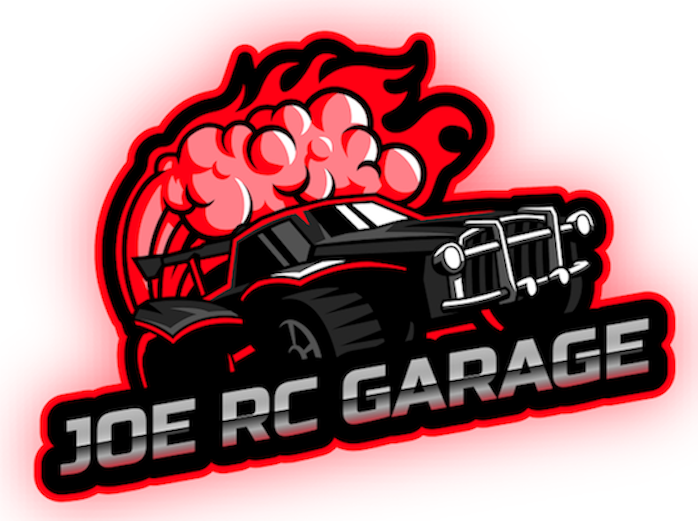When it comes to remote control cars, gas-powered RC sprint cars are the epitome of speed and performance. These miniature race cars pack a punch, providing a thrilling experience for both beginners and experienced drivers alike. In this article, we’ll delve into the world of gas-powered RC sprint cars, exploring what they are, how they work, and the joys of racing them.
What are gas-powered RC sprint cars?
Gas-powered RC sprint cars are miniature racing cars that are powered by a gasoline engine. These cars are designed to be fast, agile, and maneuverable, and are usually built for racing on a variety of terrains, including dirt tracks, concrete surfaces, and even carpeted areas.
How do gas-powered RC sprint cars work?
Gas-powered RC sprint cars work in a similar way to regular-sized racing cars, but on a smaller scale. They have a gasoline-powered engine that drives the wheels through a transmission system, which is controlled by a remote control. The driver uses the remote control to control the speed, steering, and braking of the car.
The advantages of gas-powered RC sprint cars over electric ones.
Gas-powered RC sprint cars have several advantages over electric ones. For starters, they offer more power and speed, allowing them to reach higher speeds and tackle more challenging terrain. Additionally, gas-powered RC sprint cars can run for longer periods of time, as they don’t rely on batteries. Finally, gas-powered RC sprint cars are more realistic and authentic, providing a more immersive racing experience.
Building your own gas-powered RC sprint car from scratch.
If you’re handy with tools and have some mechanical knowledge, you can build your own gas-powered RC sprint car from scratch. This involves sourcing the necessary parts, such as the engine, transmission, and wheels, and assembling them into a working car. There are plenty of online resources and tutorials available to help you with this project.
Tips for maintaining your gas-powered RC sprint car.
To keep your gas-powered RC sprint car running smoothly, it’s important to perform regular maintenance. This includes checking the oil levels, cleaning the air filter, and tuning the engine. Additionally, you should inspect the car’s wheels, suspension, and steering components for wear and tear, and replace any damaged parts as needed.
The various types of gas-powered RC sprint cars available.
There are several types of gas-powered RC sprint cars available, including two-wheel drive and four-wheel drive models. Some models are designed for on-road racing, while others are built for off-road racing. Additionally, there are models that are specifically designed for different levels of experience, from beginners to advanced drivers.
The different components of a gas-powered RC sprint car.
Gas-powered RC sprint cars consist of several different components, including the engine, transmission, wheels, suspension, and steering system. Each of these components plays a crucial role in the car’s performance, and can be customized and upgraded to improve its speed and handling. For example, you can swap out the engine for a more powerful one, or upgrade the suspension for better handling on rough terrain.
How to race gas-powered RC sprint cars.
Racing gas-powered RC sprint cars is a thrilling experience that requires skill, precision, and speed. To get started, you’ll need to find a local track or racing club that hosts races. Once you’re there, you’ll need to register your car and familiarize yourself with the rules and regulations of the race. From there, it’s all about strategy and skill, as you navigate the track and try to outpace your opponents.
The benefits of gas-powered RC sprint car racing.
Racing gas-powered RC sprint cars has several benefits, including the opportunity to meet new people, develop your driving skills, and experience the thrill of high-speed racing. Additionally, it can be a great way to relieve stress and have some fun, all while competing in a friendly and supportive environment.
Safety precautions to take when racing gas-powered RC sprint cars.
Like any motorsport, racing gas-powered RC sprint cars comes with some risks, and it’s important to take safety precautions to minimize the chances of accidents and injuries. Some key safety tips include wearing appropriate protective gear, such as a helmet and gloves, ensuring your car is in good condition before racing, and following the rules and regulations of the race.
The future of gas-powered RC sprint cars.
As technology continues to advance, the world of gas-powered RC sprint cars is evolving as well. New engines and transmission systems are being developed, which promise even more power and speed. Additionally, the use of advanced materials and 3D printing technology is allowing for more customized and personalized designs.
Frequently Asked Questions
Are gas-powered RC sprint cars more difficult to drive than electric ones?
Not necessarily. While gas-powered RC sprint cars may require a bit more skill and precision to handle, they can be just as fun and enjoyable to drive as electric ones.
Can I race my gas-powered RC sprint car on any type of terrain?
It depends on the specific model of your car. Some models are designed for on-road racing, while others are built for off-road racing. Make sure to check the specifications of your car before racing it on any new terrain.
How often do I need to perform maintenance on my gas-powered RC sprint car?
It's recommended to perform regular maintenance on your gas-powered RC sprint car after every few races or practice sessions. This includes checking the oil levels, cleaning the air filter, and tuning the engine.
Can I upgrade my gas-powered RC sprint car with aftermarket parts?
Yes, there are plenty of aftermarket parts available for gas-powered RC sprint cars, including engines, transmissions, suspension components, and more. Upgrading your car with these parts can improve its performance and speed.
How fast can gas-powered RC sprint cars go?
The top speed of gas-powered RC sprint cars varies depending on the specific model and engine, but many can reach speeds of over 50 miles per hour.




